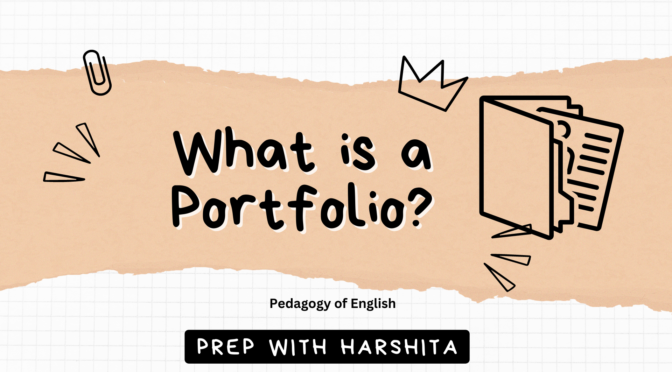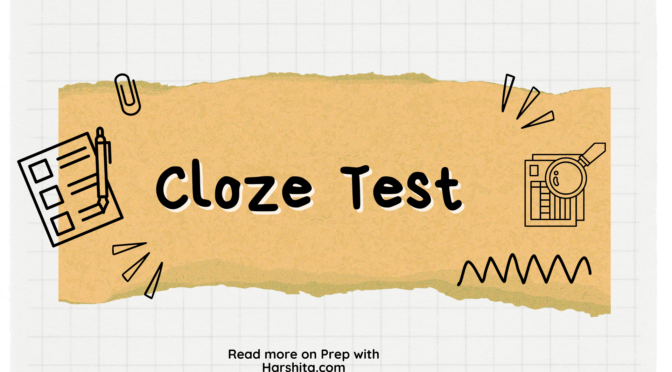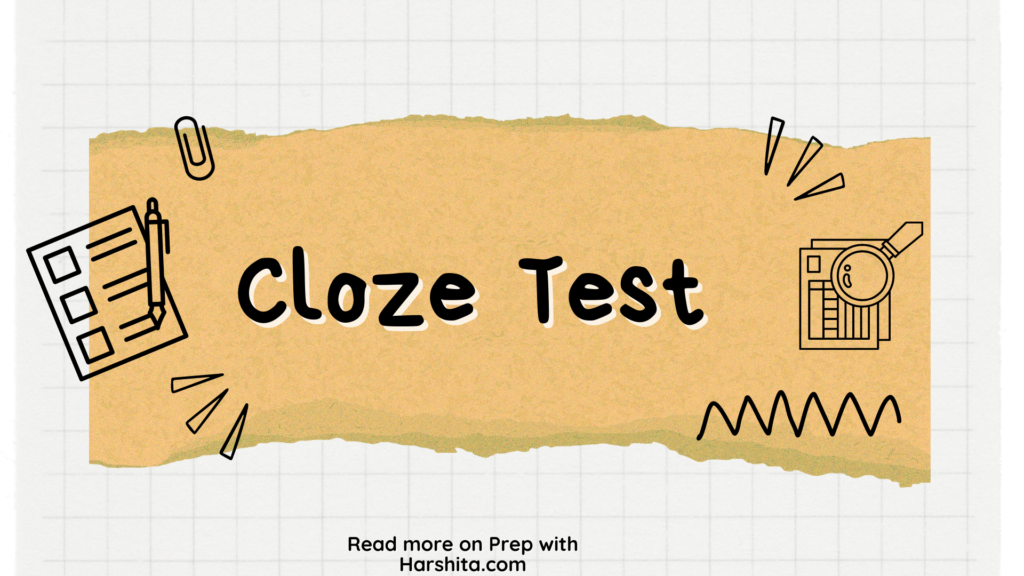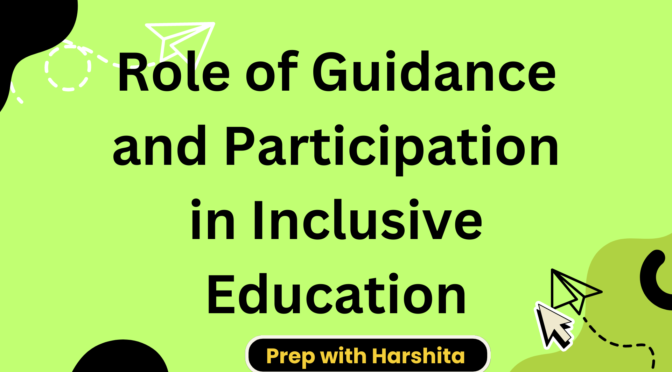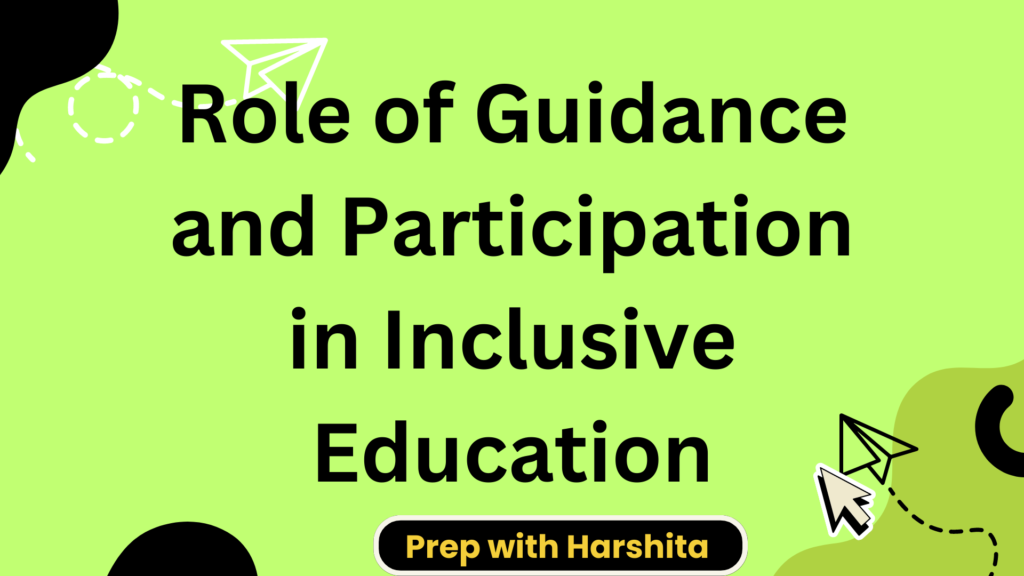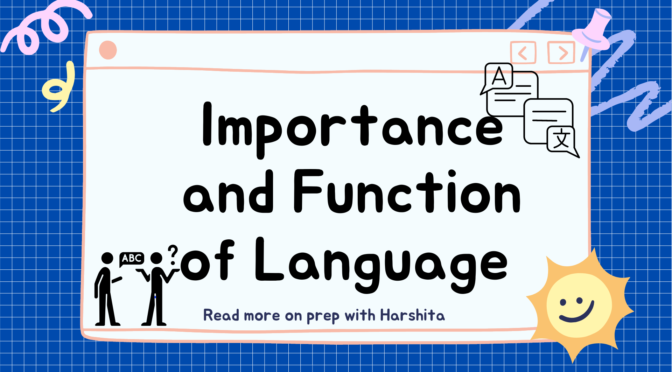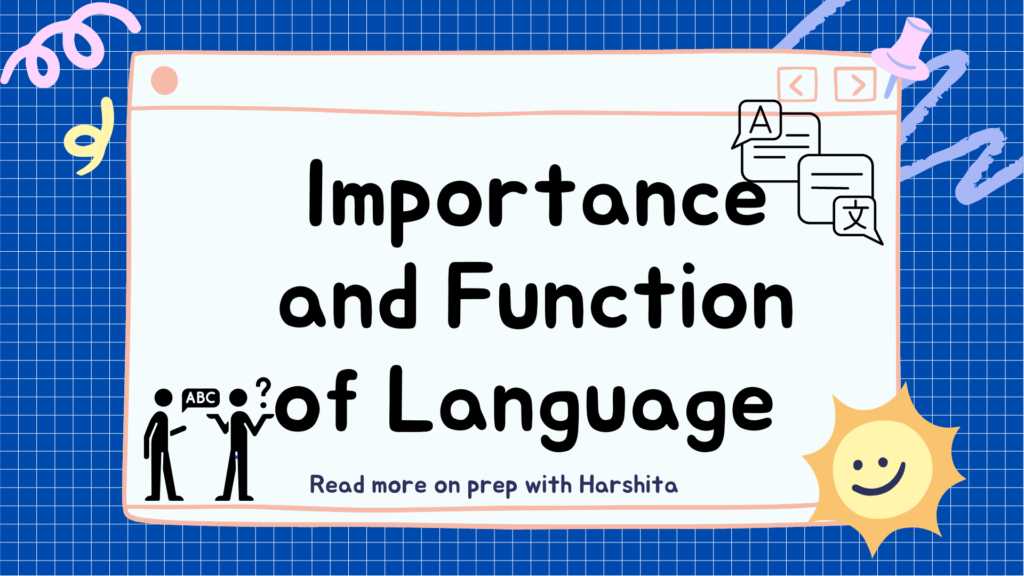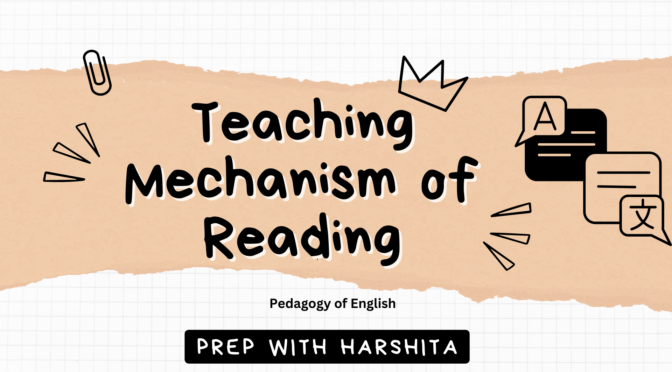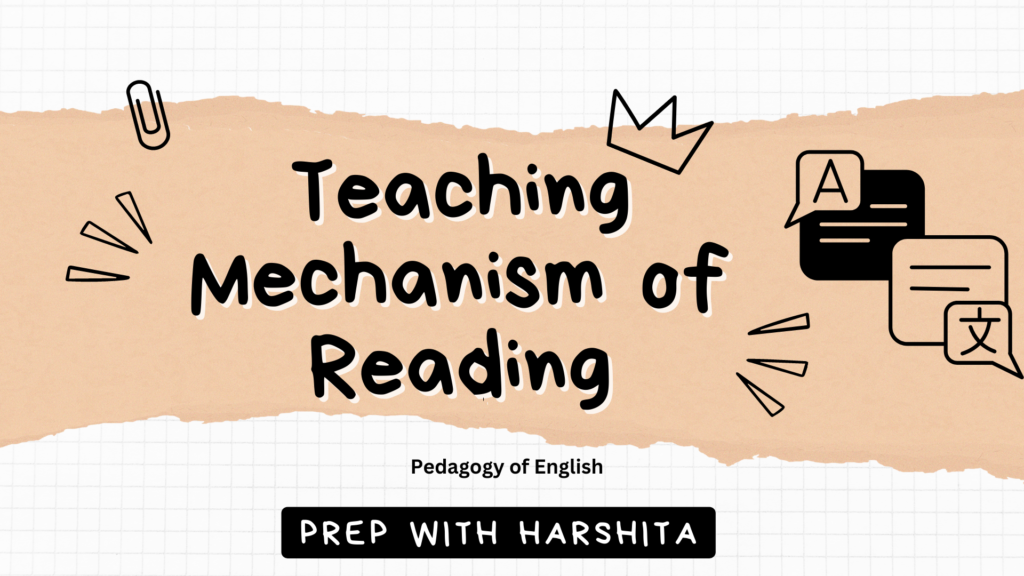A portfolio is a collection of evidence and artifacts that showcase a student’s progress, achievements, and learning experiences in various areas of education. In the context of evaluation techniques in education, a portfolio serves as an alternative or supplementary method to traditional assessments such as exams and quizzes.
Here is a detailed explanation of the portfolio as a technique of evaluation in education:
- Purpose of a Portfolio: The primary purpose of using a portfolio as an evaluation technique is to provide a comprehensive and holistic view of a student’s abilities, growth, and learning over a period of time. It allows educators to assess not only the final products or outcomes but also the process, reflection, and development of key skills.
- Contents of a Portfolio: A portfolio typically contains a range of artifacts that demonstrate a student’s learning, progress, and achievements. These artifacts may include:
a) Samples of Work: Examples of completed assignments, projects, essays, artwork, or performances that showcase a student’s skills and knowledge in different subject areas.
b) Reflections: Written reflections or self-assessments by the student, discussing their learning experiences, challenges, and growth throughout the learning process.
c) Learning Goals: Statements or evidence of the student’s learning goals, demonstrating their understanding of specific concepts, skills, or competencies.
d) Assessments and Feedback: Assessments, rubrics, and feedback from teachers or peers that provide evidence of the student’s performance and progress.
e) Extracurricular Activities: Documentation of involvement in extracurricular activities, community service, leadership roles, or other achievements outside of the classroom.
- Process of Portfolio Development: The process of developing a portfolio involves several steps:
a) Goal Setting: Students and educators establish clear goals and criteria for what should be included in the portfolio, aligning with learning objectives and standards.
b) Collection of Artifacts: Students gather relevant artifacts that demonstrate their learning, growth, and achievements over time.
c) Reflection and Self-Assessment: Students reflect on their work, identify strengths and areas for improvement, and provide self-assessments based on the criteria and goals established.
d) Selection and Organization: Students select the most appropriate artifacts and organize them in a logical and coherent manner, ensuring they effectively showcase their learning journey.
e) Presentation and Evaluation: Students present their portfolios to teachers, peers, or evaluators, who review and assess the artifacts, reflections, and overall presentation.
- Benefits of Using Portfolios for Evaluation: Using portfolios as an evaluation technique offers several benefits:
a) Holistic Assessment: Portfolios provide a comprehensive view of a student’s abilities, including their knowledge, skills, growth, and reflective thinking.
b) Individualization: Portfolios allow students to showcase their unique strengths, interests, and learning styles, accommodating individual differences and diverse forms of expression.
c) Authentic Assessment: Portfolios showcase real-world applications of knowledge and skills, reflecting authentic learning experiences and providing evidence of mastery.
d) Reflective Practice: The portfolio development process encourages students to reflect on their learning, set goals, and engage in self-assessment, promoting metacognitive skills and deeper understanding.
e) Engagement and Ownership: Students take an active role in curating their portfolio, promoting ownership of their learning and fostering a sense of pride and accomplishment.
In conclusion, a portfolio is a valuable technique of evaluation in education that allows for a comprehensive assessment of a student’s progress, achievements, and learning experiences. By including diverse artifacts, reflections, and self-assessments, portfolios provide a more holistic and authentic representation of students’ abilities and growth compared to traditional assessment methods.
Also Visit: Prep with Harshita
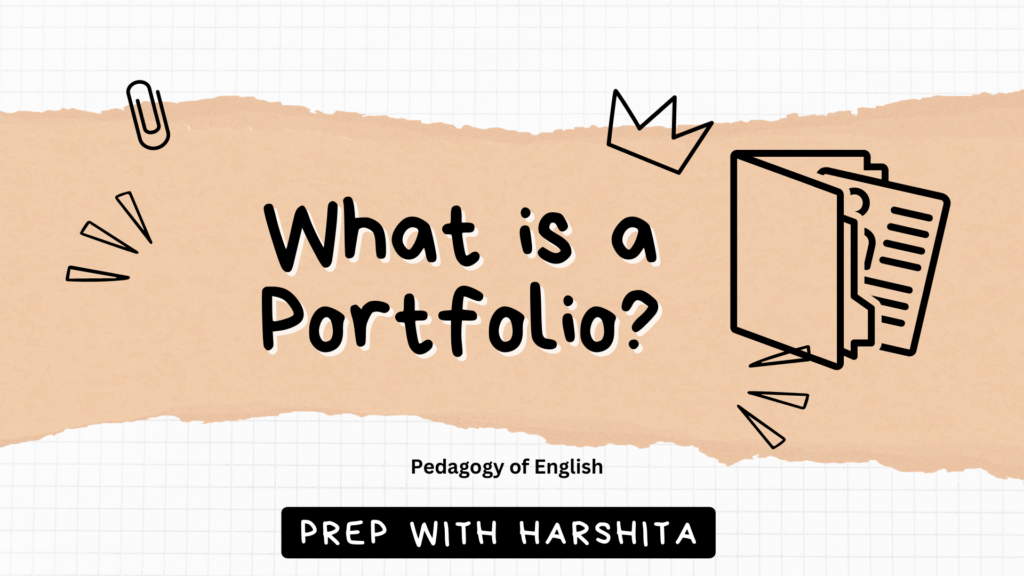
Also Read: Micro and Mega Lessons

